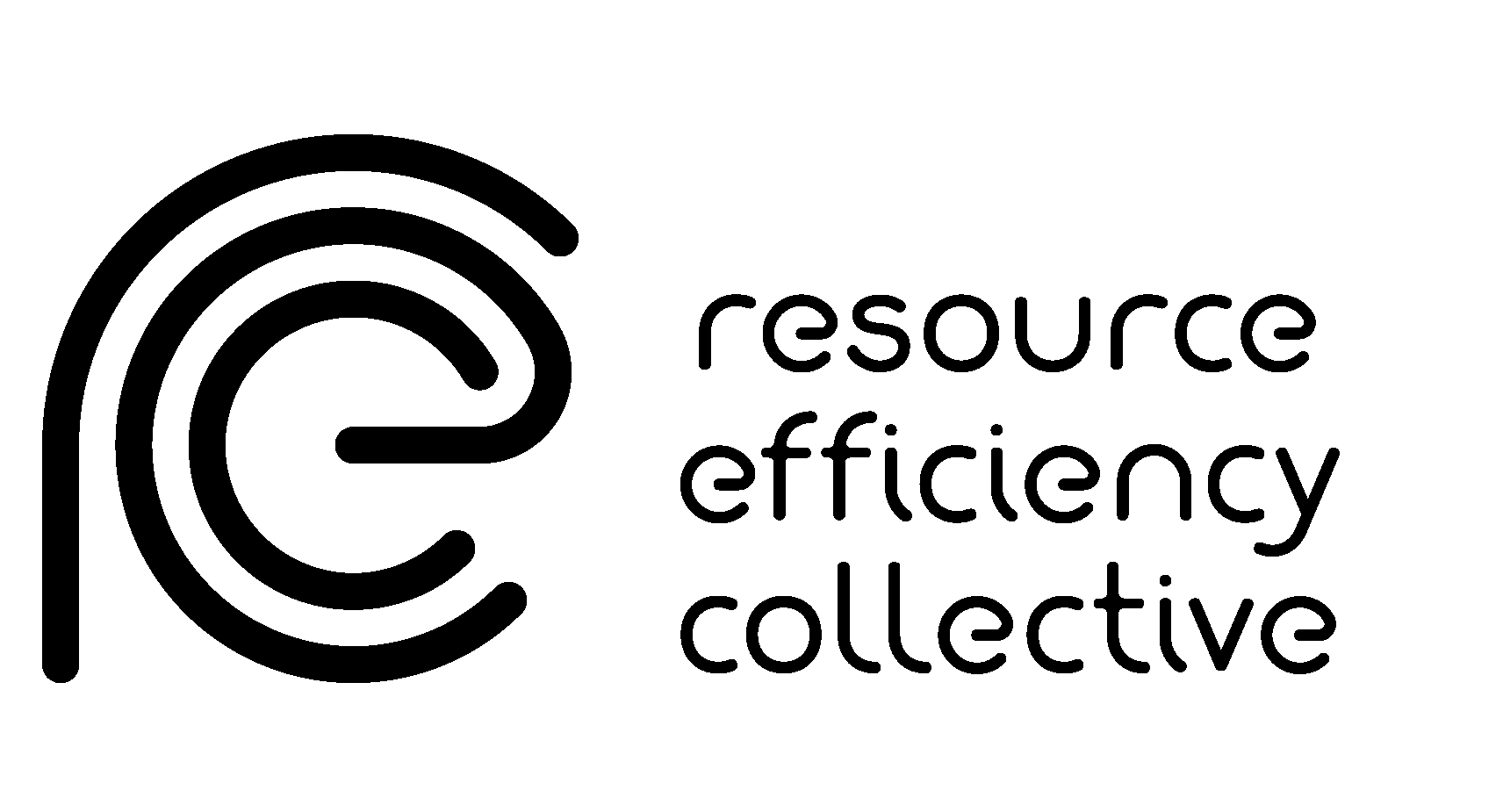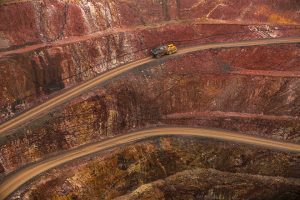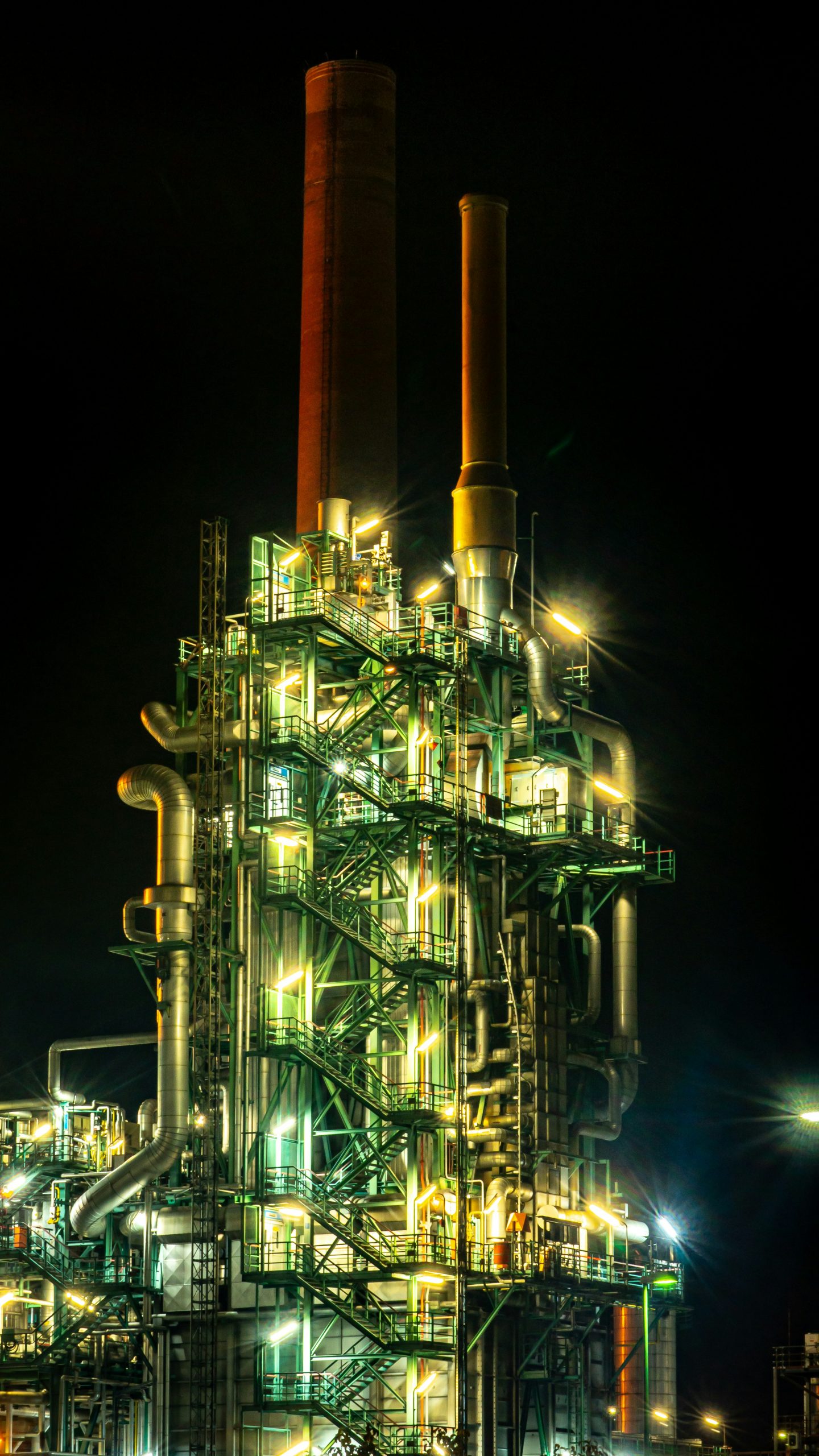Limited quantity and quality of steel supply in a zero-emission future
Dr Takuma Watari has published a new paper in Nature Sustainability exploring the measures that would be required for the Japanese steel industry to hit its ambitious targets for zerco carbon emissions by 2050: ‘Limited quantity and quality of steel supply in a zero-emission future.’
Steel is one of the most important materials in the world, integral to the cars we drive, the buildings we inhabit, and the infrastructure that allows us to travel from place to place. Steel is also responsible for 7% of global greenhouse gas emissions. In 2021, 45 countries made a commitment to pursue near-zero-emission steel in the next decade. But how possible is it to produce the steel we need in society with zero emissions?
A new study focused on the Japanese steel industry shows that if we are truly committed to reaching zero emissions, we must be prepared for a scenario where the amount of steel we can produce is lower. Japan has set a target for a 46% reduction in emissions from steel by 2030, and zero emissions by 2050. So far, the roadmap for achieving this relies heavily on future innovations in technology. Hope is held out for developments in carbon capture and storage (CCS) and hydrogen-based technologies.
The problem with current plans to reduce emissions from steel
In the study, Dr. Takuma Watari, a researcher at the Japan National Institute for Environmental Studies currently working with Resource Efficiency Collective, argues that there is no silver bullet. He contends that current plans to cut carbon emissions underestimate how difficult it will be to develop CCS and hydrogen technologies and deploy them widely: “These technologies still face serious technical, economic, and social challenges, and have yet to be implemented at scale. And importantly, it is highly uncertain whether there will be sufficient non-emitting electricity to use these technologies.” We need to confront the possibility that technological innovations might not be ready in time to allow us to maintain current levels of steel production whilst cutting emissions to zero.
The research involved mapping the current flows of steel in Japan’s industry and using a model to explore how the industry might change if a strict carbon budget were applied in future. With current practice, the quantity and quality of steel produced would dramatically decrease under a zero-emission carbon budget. This is because of a lack of resources and the practice of downcycling, in which scraps of steel containing impurities are used to make new products. It is difficult to remove these impurities, so the new products have different quality and functionality from the original steel. As a result, almost all recycled steel is turned into construction bars as it is not high enough quality to be used in industries like car manufacturing.
Zero-emissions steel is still possible
According to Dr. Watari, “zero-emission steel production is possible by 2050, but in limited quantity and quality compared to current total production. This is due to the limited availability of zero-emission compatible resources and downcycling practices of scrap steel.”
The research indicates that with a carbon budget of zero emissions, the production of steel goods would be dramatically restricted compared to today, reaching about half the current levels at best. In this case, higher-quality steel production would be especially hard hit.
The implication is clear. It is not enough to rely on a technological silver bullet materialising to transform the supply of steel. We also need to look seriously at strategies to reduce demand by shifting our culture of steel use and improving our material efficiency. We also need to pursue upcycling to produce high-grade steel from scrap steel.
This will require collaboration from those who use steel as well as those who produce it. Steel products could be made more resource efficient if they are designed to last longer or to be lightweight. Once steel products reach the end of their life, upcycling could be achieved through advanced sorting and shredding to remove impurities from scrap steel. As a society, Japan may also have to become less steel-dependent and shift to a model of ‘service use’ rather than ownership of products. Unlike today, when steel is abundant and cheap, a net-zero future will require us to use scarcer, more expensive steel resources with greater efficiency.
Dr. Watari concludes that we do need to invest in technological innovations, but we cannot simply wait for them to appear. Instead, steel users need to prepare for a world where there is less steel available: “We do not deny the need to invest in innovative production technologies. Rather, what we want to highlight is that we should look for far more strategic options, instead of simply relying on silver bullet production technologies. Placing material efficiency and upcycling at the heart of decarbonisation plans can reduce the over-reliance on innovative production technologies and prepare for the risk that these technologies may not scale up sufficiently in time.”
Read the full paper from Takuma: ‘Limited quantity and quality of steel supply in a zero-emission future.’
Photo credit: Meriç Dağlı on Unsplash













